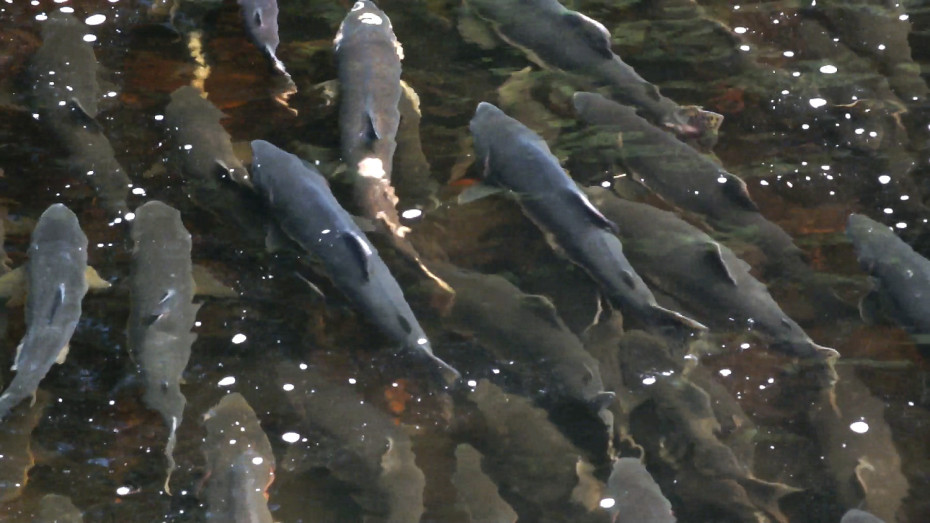Alaska’s sockeye salmon came back shorter and lighter than usual last year. As sockeye runs return this summer, biologists have been keeping an eye on their size. Fish and Game’s Jack Erickson says return to Bristol Bay is mixed so far.

“We’re still looking at smaller fish. Similar to last year’s numbers. What we are seeing, it’s very early in the season, the fish that were three years in the saltwater, in the ocean, what we call three ocean fish, they’re a little bit smaller than last year. But the ones that have been out two years in the ocean, they seem to be a little bit bigger. And on average right now, from our very initial catches, it’s averaging about the same as last year for size.”
Prince William Sound and Cook Inlet also had small fish last year. Erickson is also keeping an eye on the size of fish there.
“Well this year in Prince William Sound, we saw fish originally coming in a little bit smaller. But since the beginning of the season, the fish have gotten larger. I think we’ve put on an average of about half a pound We’ve seen an increase in the average size of sockeye. So that’s good news to see out in Prince William Sound Copper River. This year from various initial sample sizes that we’re getting out of Cook Inlet, sockeye are probably about a half a pound larger. So in those two areas we’re seeing some improvement. And hopefully we’ll see that larger size show up in Bristol Bay as well.”
Fish size estimates come from samples taken at counting towers as well as in the commercial harvest. Although that data is available now, Erickson says it’s too early to draw very many other conclusions about the 2016 run, and the size info is far from final.




